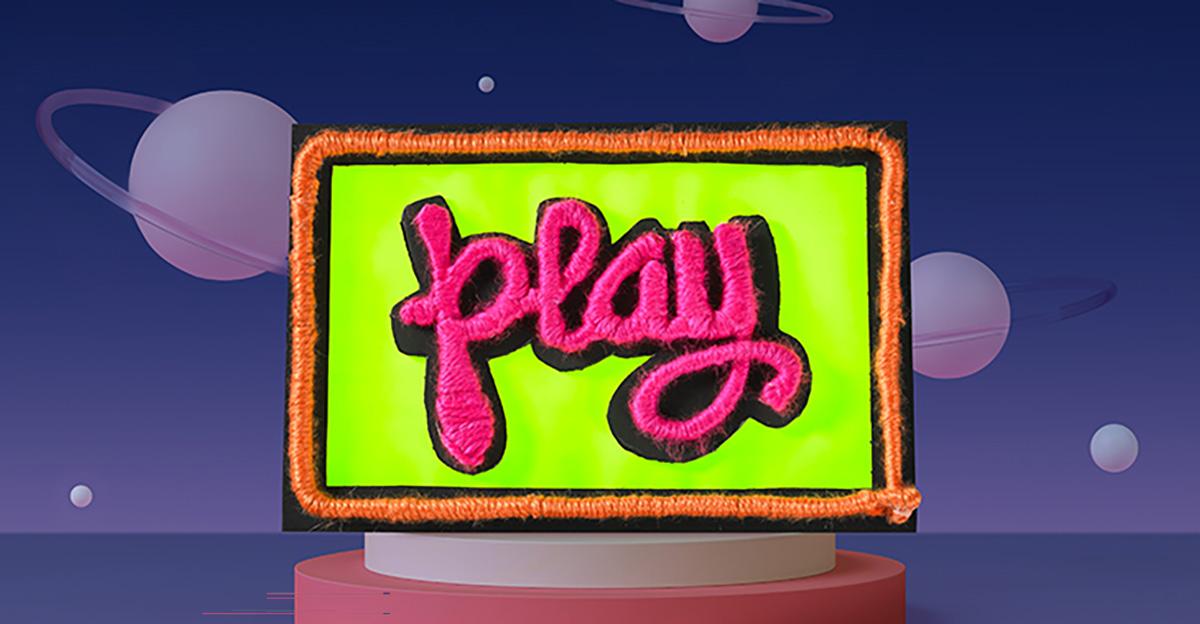Neon lighting first gained popularity in the 1950s for advertising and shop signage, but it quickly became a medium of choice for many prolific artists. Modern neon artists, including Dan Flavin, Robert Irwin, and Tracey Emin, carried the technique from the 1960s through to the present day. These artists use neon to create self-contained imagery, highlight other artistic works, create abstract and industrial pieces, and so much more.
Neon is a gas, grouped with the Noble gases, that is stable, colorless, and odorless. Neon lighting is created by sealing a tube filled with low-pressure neon gas and applying electricity. The shocking brightness of this effect drew in advertisers and artists alike. Over time, specializations surfaced in the art world, like the text-based neon art of masters Bruce Nauman, Joseph Kosuth, Jung Lee, and Patrick Martinez. These artists use neon to create compelling artistic messages using text.
Your students can replicate the text-based neon art of these creative artists with the Sign In and Shine On: Neon Verbs in the Art Room art lesson plan!
Art Lesson Plan: Neon Verbs
First, they’ll study the works of various neon artists. Next, they’ll select an action verb to design in faux neon—encourage meaningful, thought-provoking words like “dream,” “breathe,” “live,” etc. Students should feel free to explore line, balance, and symmetry and experiment with cursive and block printing. Once their sketch is complete, students create their word in wire and wrap it with masking tape to strengthen it. Then they’ll wrap it in brightly colored yarn to create the illusion of neon mounted on black foam board.
View Lesson Plan: Sign In and Shine On: Neon Verbs in The Art Room
Follow the link above to make your classroom glow with this modern neon art lesson plan! This spectacular visual project is sure to electrify the creativity of your students. It includes step-by-step instructions, a complete materials list, and a photo of a finished piece. Suitable for grades 4 through 12.






Leave a Reply